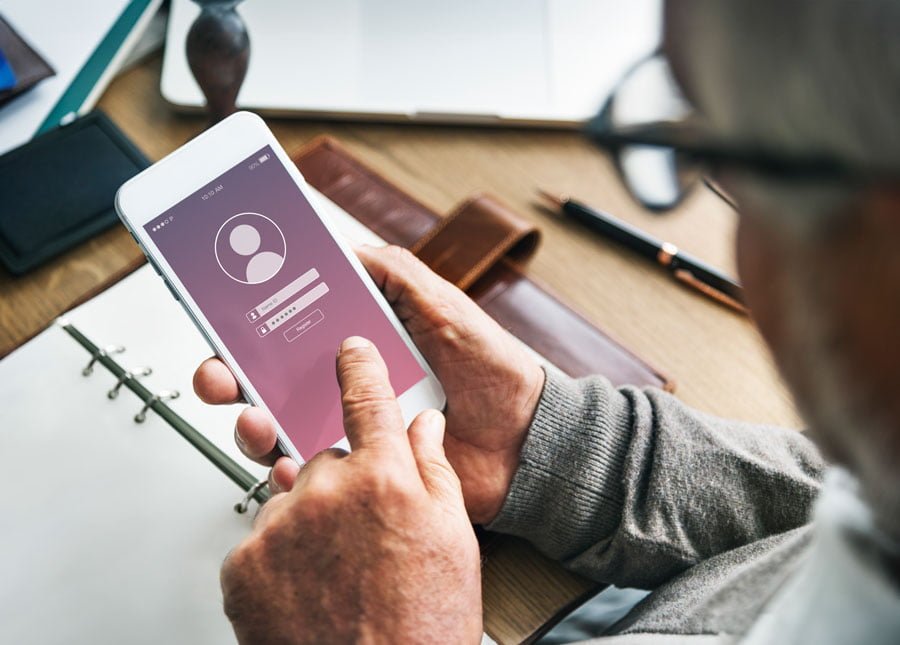Blogs

How to Ensure Your Mobile App security
In the modern digital landscape, mobile apps have become integral to our daily lives. They manage our finances, store personal information, and facilitate communication. With the increased reliance on mobile applications, the need for robust security measures has never been more critical. This blog will guide you through essential strategies to ensure your mobile app is secure, protecting your users and your reputation.
Understanding the Importance of Mobile App Security
Mobile app security is vital for protecting user data from unauthorized access and malicious attacks. A secure app builds trust and ensures compliance with data protection regulations. Neglecting security can lead to data breaches, legal issues, and loss of reputation.
1. Secure Coding Practices
Adopting secure coding practices is the first step in safeguarding your mobile app. Ensure your development team is trained in secure coding standards. Use static analysis tools to detect vulnerabilities during the development phase. Regularly update your codebase to patch known vulnerabilities.
2. Encrypt Data
Data encryption is essential for protecting sensitive information. Encrypt data at rest and in transit to prevent unauthorized access. Use industry-standard encryption protocols like AES (Advanced Encryption Standard) and RSA (Rivest-Shamir-Adleman). Regularly update your encryption keys and avoid hardcoding them in your application.
3. Implement Strong Authentication
Implement strong user authentication mechanisms. Use multi-factor authentication (MFA) to add an extra layer of security. Encourage users to create strong, unique passwords. Consider integrating biometric authentication methods like fingerprint or facial recognition for enhanced security.
4. Secure API Communication
APIs (Application Programming Interfaces) are vital for mobile apps but can be vulnerable points. Ensure all API communications are encrypted using HTTPS. Validate API inputs to prevent injection attacks. Use API gateways to manage and monitor API traffic.
5. Regular Security Testing
Conduct regular security testing to identify and fix vulnerabilities. Use tools like OWASP ZAP or Burp Suite for penetration testing. Employ both static and dynamic analysis methods. Perform code reviews and security audits periodically.
6. Secure Data Storage
Store data securely on the device. Avoid storing sensitive data in plain text or unprotected areas. Use secure storage options provided by the operating system. Implement local database encryption to safeguard stored data.
7. Implement Secure Communication Channels
Ensure secure communication channels between your app and servers. Use SSL/TLS certificates to encrypt data transmitted over the network. Regularly update your certificates and configurations to prevent security breaches.
8. Use a Secure Backend
A secure backend is crucial for mobile app security. Harden your servers by applying the latest security patches. Implement firewalls and intrusion detection systems (IDS) to protect your backend infrastructure. Use secure coding practices for server-side development.
9. Monitor and Log Activity
Implement logging and monitoring to track suspicious activities. Analyze logs to detect potential security incidents. Use monitoring tools to get real-time alerts on security threats. Regularly review logs and respond promptly to any detected anomalies.
10. Educate Users on Security Best Practices
Educate your users about security best practices. Provide tips on creating strong passwords and recognizing phishing attempts. Encourage them to keep their app and operating system updated. Offer guidance on securing their devices against theft or loss.
11. Keep Libraries and Frameworks Updated
Third-party libraries and frameworks can introduce vulnerabilities. Regularly update them to the latest versions. Monitor security advisories related to the libraries you use. Avoid using deprecated or unsupported libraries.
12. Plan for Incident Response
Have an incident response plan in place. Define procedures for responding to security breaches. Ensure your team knows how to handle different types of incidents. Regularly review and update your incident response plan.
13. Comply with Regulations
Ensure your app complies with relevant data protection regulations. Understand the requirements of laws like GDPR, CCPA, and HIPAA. Implement necessary measures to protect user data and maintain compliance.
14. Use Trusted Third-Party Services
If you use third-party services, ensure they follow strict security standards. Vet their security practices and certifications. Use trusted services for payments, authentication, and other critical functions.
15. Regularly Update Your App
Regular updates are essential for mobile app security. Patch vulnerabilities as soon as they are discovered. Release updates to fix bugs and improve security. Encourage users to install updates promptly.
Conclusion
Securing your mobile app is a continuous process that requires vigilance and proactive measures. By implementing these best practices, you can significantly reduce the risk of security breaches. Remember, a secure app not only protects user data but also builds trust and credibility. Stay informed about the latest security trends and continuously improve your security posture. With a strong commitment to security, you can ensure your mobile app remains safe and trustworthy for your users.
Also Read This: Website Security: Best Practices for Protecting Your Online Assets



